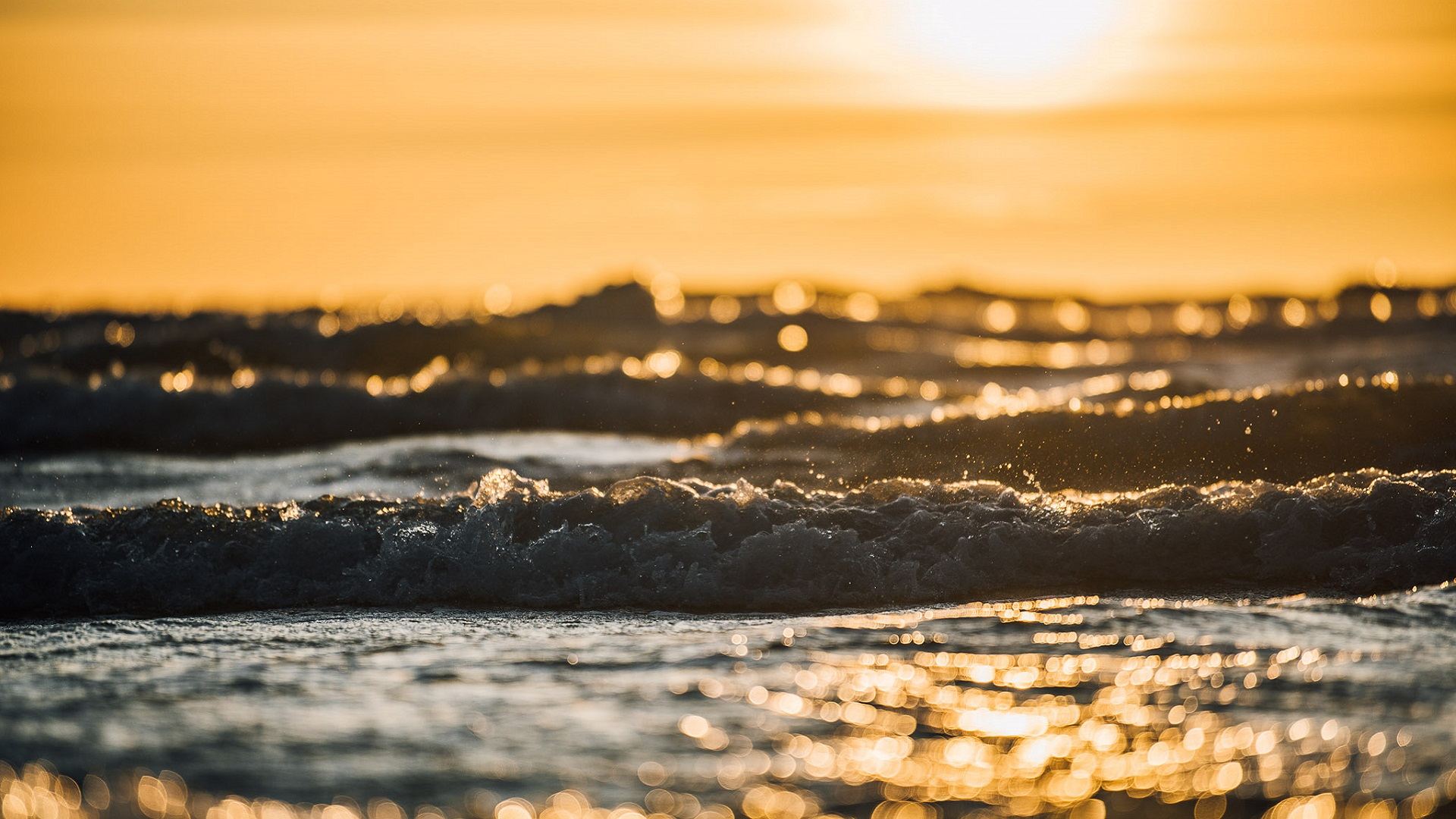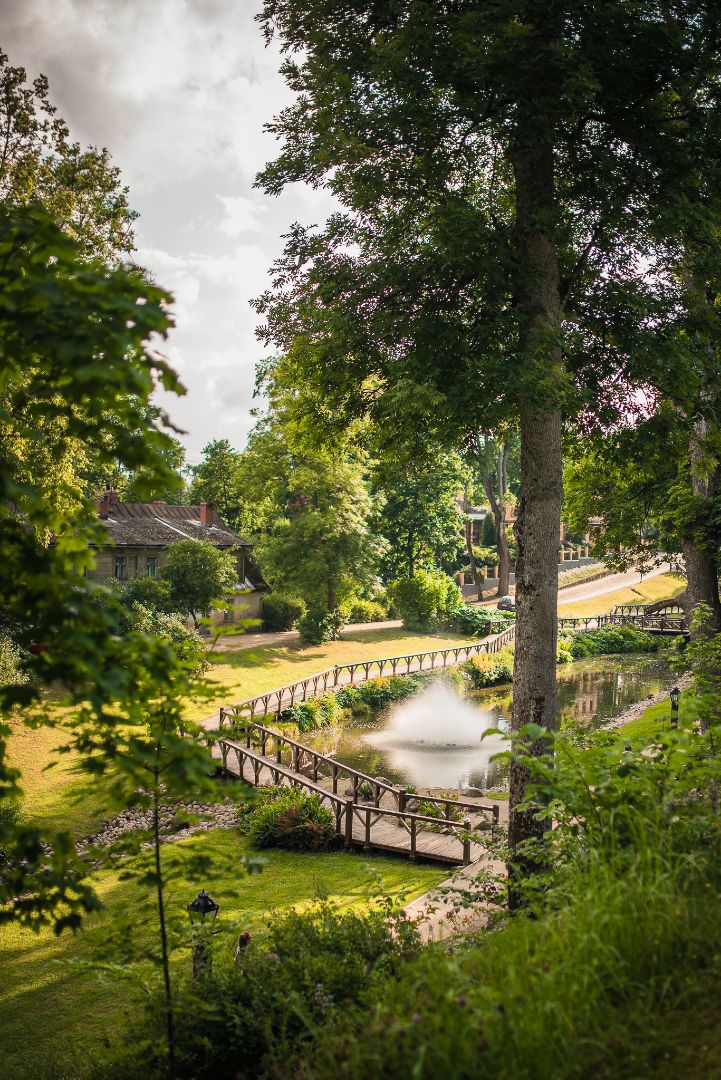Neighbors
Kuldiga – Once the capital of Duchy of Courland, the Old Hanseatic town Kuldiga, 60 km from Pavilosta, is a true marvel for a visit, and hopes are that its conservation efforts shall be rewarded by Kuldiga’s inclusion to the UNESCO World Heritage list. Kuldiga’s historic centre dating back to 17th century is the only such intact town centre in the Baltics. At that time the might of Duchy of Courland reached till the Gambia in West Africa and Tobago in the Caribbean, and the Duke ruled his overseas ventures from Kuldiga. The feel of Kuldiga is made all the more peculiar by the small Aleksupite river which flows right between the houses in the Old Town. Its waterfall before joining Venta River is the highest in Latvia at 4 meters. Yet, the cascade on the bigger Venta river will not fail to impress: at 280 meters, the Venta waterfall is the widest in the continent, and a spectacular sight in every season. In a harsh winter it may entirely freeze, while its maximum power is reached in spring. Summertime Venta makes a great place to swim, and golden autumn colours lend photo opportunities. As if there was a shortage of sights, the longest brick bridge in Europe spans Venta right in the centre of Kuldiga.
Liepaja – Latvia’s third biggest city Liepaja is all things rebel and free. The windy capital of West Latvia owns many superlatives – its naval port (Karosta) once used to be the most important war port for Tsarist Russia, and the Saint Nikolay Cathedral of the Sea is still the biggest Orthodox shrine in the country. Liepaja was the first to get a street tramway in the Baltics, and its Art Nouveau building collection is second only to Riga’s on the East shore of the Baltic Sea. It is in Liepaja where one of the favourite attractions is Karosta prison visit, while for a more sophisticated evening experience a symphonic concert at the Great Amber concert hall shall be a treat. A mere 40-minute drive from Pavilosta, the big and windy city feel is at your fingertips in Liepaja. Liepaja’s International Airport is the closest to Pavilosta.
Livi Coast & Cape Kolka – The sharp tip of Latvia’s Western portion is the mythic Cape Kolka where the Riga Gulf waters meet the Irbe Strait and the Baltic Sea. Water goes in cross-current here making swimming very dangerous, but the sight of water on three sides and a lighthouse built far into the sea on an artificial island is truly inspiring. The strip of land between Kolka and Lielirbe has for centuries been the home of Livi people, whose language is more akin to Estonian and Finnish than Latvian. The small villages of Vaide, Mazirbe, Košrags are all protected monuments of architecture and a circular hike one way through the villages hidden in the sand dunes, the way back by the beach, is a true delight. The Estonian island of Saaremaa is visible across the water in clear weather. Inland the vast forests of Slitere National park spread, hiding some of most intact natural areas of Latvia. Mazirbe, the centre of Livi cultural area, is one-and-a-half-hour drive North of Pavilosta.
MAP




